
A Guide to Keyhole Spine Surgery
09 Oct, 2023
 Healthtrip Team
Healthtrip TeamKeyhole Spine Surgery, also known by its more formal names such as Minimally Invasive Spine Surgery (MISS) or Percutaneous Spine Surgery, represents a breakthrough approach in addressing spinal issues with a notably reduced impact on surrounding tissues compared to traditional methods. It's like taking a precision-guided route instead of bulldozing through.
In the medical world, you might hear it referred to as Minimally Invasive Spine Surgery (MISS) or Percutaneous Spine Surgery. These monikers essentially highlight the procedure's key characteristic: minimizing invasiveness while achieving effective results.
Transform Your Beauty, Boost Your Confidence
Find the right cosmetic procedure for your needs.

We specialize in a wide range of cosmetic procedures

This innovative technique isn't a sudden revelation but rather a product of continuous advancements. Over the years, surgeons have been fine-tuning methods to make spinal surgeries less daunting. Picture it as a journey from more intrusive procedures to ones that can be compared to a keyhole in a door, allowing access without dismantling the entire frame.
As technology improved, so did our ability to navigate the intricate landscape of the spine with greater precision. Keyhole Spine Surgery has evolved as a patient-centric response to the desire for quicker recoveries and less postoperative discomfort.
Purpose and Indications
Why Keyhole Spine Surgery is Performed
Most popular procedures in
Laparoscopic Cystect
Upto 80% off
90% Rated
Satisfactory
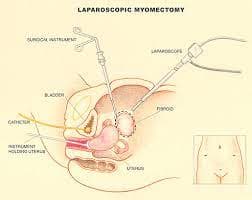
Laparoscopic Myomect
Upto 80% off
90% Rated
Satisfactory
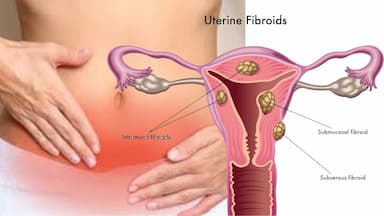
LAVH
Upto 80% off
90% Rated
Satisfactory
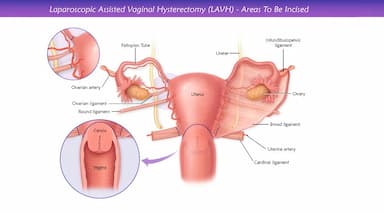
NOTE
Upto 80% off
90% Rated
Satisfactory
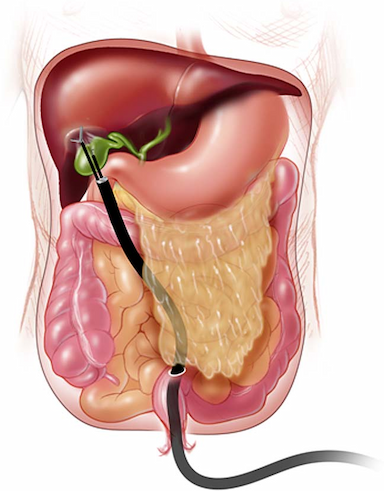
CABG
Upto 80% off
90% Rated
Satisfactory
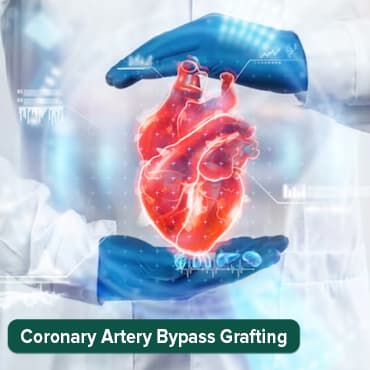
- Addressing Spinal Issues with Minimal Tissue Disruption:
- Keyhole Spine Surgery distinguishes itself by minimizing disruption to surrounding tissues. This approach is employed to address spinal concerns without extensive collateral damage.
- Reducing Postoperative Pain and Recovery Time:
- The methodology of Keyhole Spine Surgery is designed to reduce postoperative pain and accelerate recovery by minimizing trauma to adjacent tissues. It is an approach focused on efficiency and patient comfort.
Patients Who May Benefit
- Degenerative Disc Disease:
- Individuals experiencing degenerative disc disease may find Keyhole Spine Surgery beneficial. This procedure aims to address disc issues with a nuanced intervention, avoiding unnecessary disturbance.
- Herniated Discs:
- For cases of herniated discs, Keyhole Spine Surgery provides a precise solution without extensive disruption. The approach is analogous to addressing specific disc issues without undue impact on the surrounding area.
- Spinal Stenosis:
- Keyhole Spine Surgery is considered for patients with spinal stenosis, a condition characterized by a narrowing spinal canal. The procedure is akin to creating more space without unnecessary alteration.
- Fractures or Spinal Instability:
- Cases involving spinal fractures or instability may benefit from the stabilizing nature of Keyhole Spine Surgery. The goal is to provide stability without unnecessary interference with adjacent structures.
- Tumors:
- In instances of spinal tumors, Keyhole Spine Surgery allows for precise targeting and removal with minimal disruption to surrounding tissues. It is comparable to a focused approach, minimizing unintended impact during tumor removal.
Keyhole Spine Surgery Procedure
Before Surgery
- Patient Evaluation and Selection:
- Prior to the procedure, a thorough evaluation is conducted to assess the patient's suitability for Keyhole Spine Surgery. This involves considering factors such as overall health, medical history, and the specific spinal condition. It's like ensuring the right tools are chosen for the job.
- Preoperative Imaging and Diagnostic Tests:
- Comprehensive preoperative imaging, such as MRI or CT scans, is employed to precisely understand the spinal anatomy. These diagnostic tests serve as a roadmap for the surgical team, ensuring a targeted and accurate approach. It's comparable to studying a map before embarking on a journey.
- Medication Adjustments and Preparation:
- Medication adjustments may be necessary before surgery. Patients are guided on any changes required in their medication routine, and preoperative preparations are made to optimize conditions for a successful surgery. It's akin to preparing the ground before planting seeds.
During Surgery
- Anesthesia Options:
- Various anesthesia options are discussed with the patient, ranging from general anesthesia to regional or local anesthesia. The choice depends on factors such as the specific procedure and the patient's health. It's like tailoring the comfort level for a customized experience.
- Positioning of the Patient:
- The patient is carefully positioned to provide optimal access for the surgical team while ensuring comfort and safety. Think of it as finding the right posture for a task, optimizing efficiency and accessibility.
- Guidance Tools (Fluoroscopy, Navigation):
- During surgery, guidance tools such as fluoroscopy and navigation systems are utilized. These tools enhance precision by providing real-time imaging, helping the surgeon navigate with accuracy. It's similar to using GPS for precise navigation.
- Keyhole Incision and Approach:
- The procedure involves making a small keyhole incision through which specialized instruments are introduced. This focused approach minimizes disruption to surrounding tissues. It's like using a key to unlock a door rather than dismantling the entire frame.
- Use of Specialized Instruments (Endoscopes, Microscopes):
- Specialized instruments, such as endoscopes and microscopes, are employed for enhanced visualization and precision during the surgery. It's comparable to using finely tuned tools for a delicate task.'
After Surgery
- Recovery in the Hospital:
- Post-surgery, patients recover in a hospital setting where their condition is monitored. The duration of hospital stay varies based on the specific procedure and individual recovery progress. It's like convalescing in a supportive environment.
- Postoperative Pain Management:
- Tailored pain management strategies are implemented to ensure patient comfort. This may include medications and other pain relief techniques. It's akin to providing the right tools for managing discomfort during the recovery phase.
- Physical Therapy and Rehabilitation:
- A structured physical therapy and rehabilitation program is initiated to facilitate recovery and restore functionality. This phase is crucial for optimizing long-term outcomes. It's like a personalized training regimen for a complete recovery.
- Follow-Up Appointments and Monitoring:
- Regular follow-up appointments are scheduled to monitor recovery progress and address any concerns. This ongoing monitoring ensures the effectiveness of the surgery and facilitates timely interventions if needed. It's like staying connected on a journey to track progress and make adjustments as necessary.
Tips for Preparation
A. Communication with Healthcare Team:
- Maintain open and clear communication with your healthcare team.
- Discuss any concerns or questions about the surgery.
- Ensure all medications, allergies, and medical history are thoroughly communicated.
B. Lifestyle Adjustments Before Surgery:
- Follow any preoperative instructions provided by your healthcare team.
- Adjust physical activities as advised.
- Make necessary lifestyle changes, such as diet adjustments, as recommended.
C. Mental Preparation and Support Systems:
- Seek emotional support from friends and family.
- Consider counseling or support groups for additional emotional preparation.
- Engage in relaxation techniques or mindfulness practices to manage stress.
Risks and Complications
A. General Risks of Surgery:
- Infection
- Bleeding
- Reaction to anesthesia
- Blood clots
B. Specific Risks Associated with Keyhole Spine Surgery:
- Nerve injury
- Inadequate decompression of spinal structures
- Infection at the incision site
- Hardware-related issues (implant malposition or failure)
C. Strategies for Risk Prevention:
- Strict adherence to aseptic techniques to minimize infection risk.
- Careful preoperative planning and imaging to reduce the risk of inadequate decompression.
- Monitoring nerve function during surgery to prevent nerve injuries.
- Choosing appropriate candidates for Keyhole Spine Surgery based on thorough evaluation.
Outlook and Prognosis:
Keyhole Spine Surgery has positive expectations, notably reducing pain and enhancing functionality, resulting in an improved overall quality of life for patients undergoing the procedure.
Successful surgery often prompts patients to consider long-term lifestyle changes. This involves adopting practices such as maintaining a healthy weight, incorporating regular exercise, and adhering to ergonomic principles to ensure sustained spinal health.
In conclusion, Keyhole Spine Surgery emerges as a refined and effective approach, providing tailored solutions for various spinal conditions. The emphasis on individualized patient care, coupled with open communication, ensures a more personalized and smoother journey towards recovery.
Wellness Treatment
Give yourself the time to relax
Lowest Prices Guaranteed!

Lowest Prices Guaranteed!